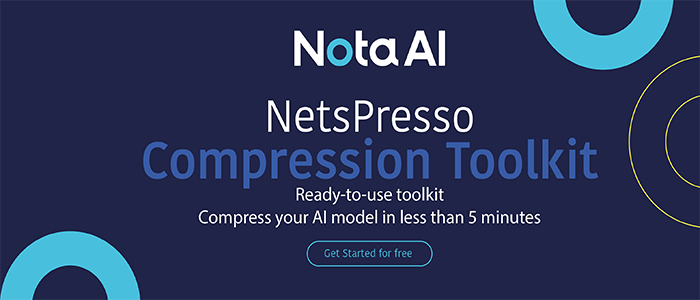In The Latest NYU And NIH Research Findings, Working Memories Are Compressed Into Low-Resolution ‘Summaries’ By The Human Brain
This article is based on the research paper 'Unveiling the abstract format of mnemonic representations' and NIH article. All credit goes to the researchers of this paper 👏👏👏 Please don't forget to join our ML Subreddit
Working memory, or the capacity to store and remember important information, is required for most of the human brain’s higher cognitive functions. You’ve likely done it a few times already today. Paused to recall a password, a shopping list, a phone number, or even the score from the last night’s baseball game.
Working memory functions are currently being pieced together by researchers. However, researchers supported by the National Institutes of Health have added an exciting new piece to this neurobiological puzzle: how visual working memories are “formatted” and preserved in the brain.
The journal Neuron published a few findings that revealed that the visual cortex, the brain’s primary area for receiving, integrating, and interpreting visual information from the retina, behaves more like a chalkboard than a camera. The visual cortex does not capture all of the intricate features of a visible picture. Instead, it recodes visual data into something that resembles elemental blackboard doodles.

The discovery shows that the pared-down, low-res representations function as a type of abstract summary, capturing the essential details but ignoring those that aren’t. It also demonstrates that various visual inputs, such as spatial orientation and motion, may be stored in similar shared memory forms.
Researchers from New York University have published a new study on a well-known fundamental element of working memory. It was discovered many years ago that the human brain tends to recode visual information. For example, if a 10-digit phone number is written on a card, the visual information is recorded and stored in the brain as the sounds of the digits are being read aloud.
The researchers sought to know more about how the brain organizes working memory representations in patterns of brain activity. Functional magnetic resonance imaging (fMRI) was employed to assess brain activity while individuals used their visual working memory to find out.
Participants were presented with a slanted grating, a sequence of black and white lines aligned at a certain angle, in some trials, as illustrated in the figure above. Others saw a cloud of dots flowing in the same way to symbolize the same angles. In each test, participants were asked to recall a visual stimulus for 12 seconds before making a memory-based assessment about what they’d just seen. Following a brief interval, participants were asked to identify and adequately estimate the angle of the grating’s tilt or the velocity of the dot cloud.
The grating or moving dots, it found out, produced the identical patterns of brain activity in the visual and parietal cortex. The parietal cortex is a brain region that processes and stores memories.
These two separate visual memories containing the same essential information were recoded into a typical abstract memory structure. Consequently, the pattern of brain activity used to recall motion direction and that used to recall grating orientation were identical.
According to this finding, only the task-relevant aspects of the visual stimuli had been removed and recoded into a shared memory format. Curtis and Kwak, on the other hand, questioned whether there was more to this discovery.
They employed a complex model to project the three-dimensional patterns of brain activity into a more functional, two-dimensional representation of visual space to get a closer look. Indeed, their data analysis revealed a line-like way akin to a chalkboard design aligned at the appropriate angles.
The findings show that participants weren’t genuinely recalling the grating or a complicated cloud of moving dots. Instead, they’d merged the photos into a single line representing the angle they were supposed to recall.
Many unanswered issues exist concerning how memorizing a primary angle, an elementary memory formation, would convert to the more complicated sets of information maintained in our working memory. The findings reveal that working memory may now be accessed and recorded in previously unimaginable ways on a more technical level. This can assist you in distinguishing the similarities and differences in working memory creation, whether it’s remembering a password, a grocery list, or the score of your team’s spectacular win last night.
Research: https://pubmed.ncbi.nlm.nih.gov/35395195/
Credit: Source link


Comments are closed.